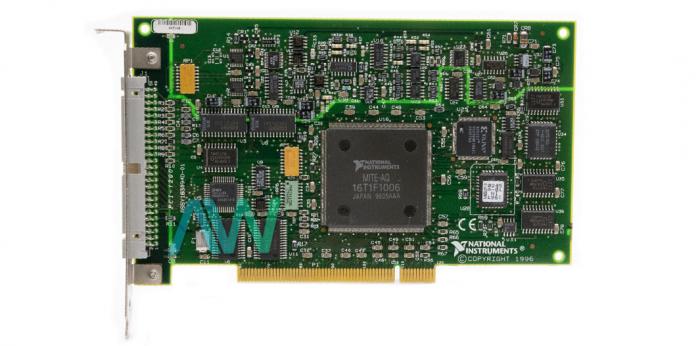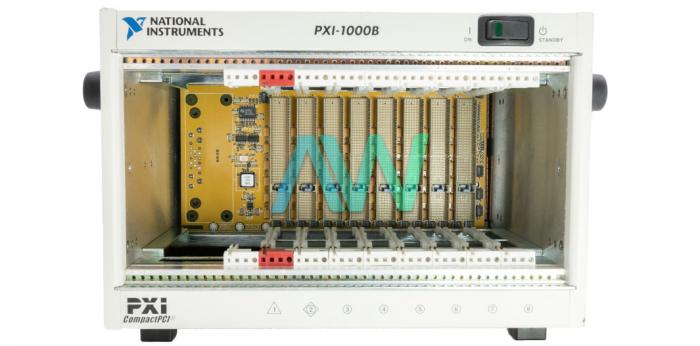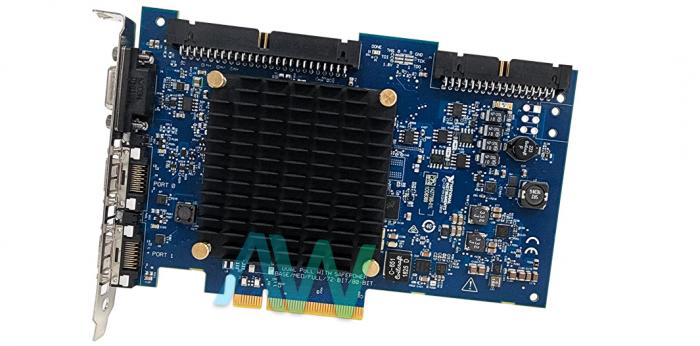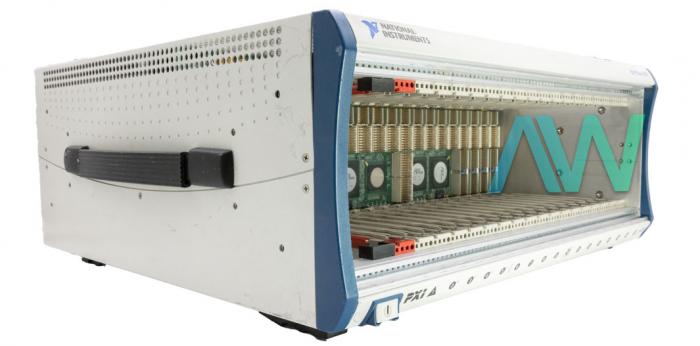The PXI system is an incredibly popular test and measurement platform used by engineers and technicians around the world. Now, a quarter-century after its initial launch, the PXI platform is setting the standard for innovation across industries including military/defense, aerospace, and industrial. How did this widely used platform grow to achieve the success it enjoys today?

1992- The PCI Bus
Back in the early 1990s, PCs had a wide array of Input/Output (I/O) buses, making it a challenge to connect different peripherals to a CPU. These I/O buses included VESA, ISA, and EISA. The PCI bus was introduced to address this problem- quickly becoming a popular chip-to-chip interconnect. The introduction of the PCI bus had a unifying effect, and with a frequency of 33 MHz, it was suitable for the mainstream peripherals available at the time.
As technology continued to evolve, the PCI began to face a number of difficulties. Restrictions with bandwidth and host pin-count, as well as a lack of features necessary for next-generation I/O requirements all pointed to the need for solutions to keep up with the demands of modern systems. After a few years, while processor and memory frequencies, in general, increased significantly- the frequency of the PCI bus had only doubled from 33 MHz to 66 MHz. As a result, the PCI Express bus was developed to provide higher bandwidth and better performance.
Popular PCI Modules Include: PCI-6115, PCI-7831R, PCI-6111, PCI-6110
1995- The CompactPCI Bus
Initially designed to support the PCI, the CompactPCI was introduced in 1995 before the release of the PXIe. The CompactPCI was created to combine PCI signaling and protocols with a Eurocard-type connector. A Eurocard-type connector is an IEEE-approved format for printed circuit boards that allows them to be securely inserted into a standard frame. CompactPCI cards use IEC 1076-compliant metric connectors which have a pin spacing of 2 mm, unlike VME and other Eurocard solutions that use (2.54mm connectors for their pin spacing. As technology has advanced, the CompactPCI has grown to support more advanced technologies and has been molded into 3U and 6U form factors with a 2mm HM connector.

1998- The PXI Platform
The PXI platform was released in 1998 as a PC-based solution that combined PCI bus infrastructure with the modular design of the CompactPCI. The PXI was designed to provide cost-efficient and powerful solutions for automation and measurement systems, and it is still widely used today for its modular nature and ability to significantly reduce device integration time. Additionally, it is equipped with special synchronization buses and critical software applications. The PXI platform is instrumental in modern industries including automotive, aerospace, industrial test, and more.
While National Instruments (now NI) was the first to develop and launch the PXI, the platform is now governed by the PXI Systems Alliance (PXISA) which promotes the standard and ensures interoperability. The PXISA also works to maintain the open PXI specification, which includes interoperability between CompactPCI and PXI.
Popular PXI Modules Include: PXI-8433-4, PXI-8431-8, PXI-1045, PXI-1031

2003- The PCI Express Bus
The PCI Express system (PCIe) was released in 2003 as a solution to the limitations of the original PCI bus. The biggest difference between the two platforms is that the PCIe features point-to-point bus topology, meaning that it replaced the shared bus with a shared switch. This gives each device its own direct access to the bus and provides each device with a dedicated data pipeline. Unlike the PCI, where bandwidth is divided between all of the devices on the bus, the PCIe enables devices to communicate using “lanes” made from differential signaling pairs.
PCIe lanes come in multiple widths, from 1 to 16. These lanes can be grouped together to increase the available bandwidth and achieve up to 4 GB/s of total throughput, making it well-suited for high-performance applications.
Popular PCIe Modules Include: PCIe-1433, PCIe-7842R, PCIe-6509, PCIe-6536B

2005- The PXI Express Platform
Following the successful updating of the PCI bus to the PCIe, a new standard for the PXI platform was released in 2005 with the PXI Express (PXIe). The PXIe introduced higher bus bandwidth capabilities to the platform, as well as the ability to integrate technology into the backplane and preserve backward compatibility with existing systems. Additionally, the system controller slot can support up to x16 PCIe links. PXIe has significantly increased the available bandwidth from 132 MB/s with PXI to 6 GB/s, all thanks to its utilization of PCI Express technology. PXIe allows for both hardware and software compatibility with PXI modules, helping to reach application areas that could previously only be serviced by expensive proprietary hardware.
Popular PXIe Modules Include: PXIe-5785, PXIe-6535, PXIe-1085, PXIe-1062Q
Because PXI is an open specification, any vendor has the ability to create PXI products. PXI systems have been widely adopted in three major market segments; test and measurement, real-time control and simulation, and industrial data acquisition. In each of these areas, the industry has witnessed significant expansion, with vendors making substantial investments in the development of new PXI products. As the PXI platform continues to experience innovation and widespread growth, its capabilities will only expand- driving adoption of the platform forward across even more industries.
Additional Information:







